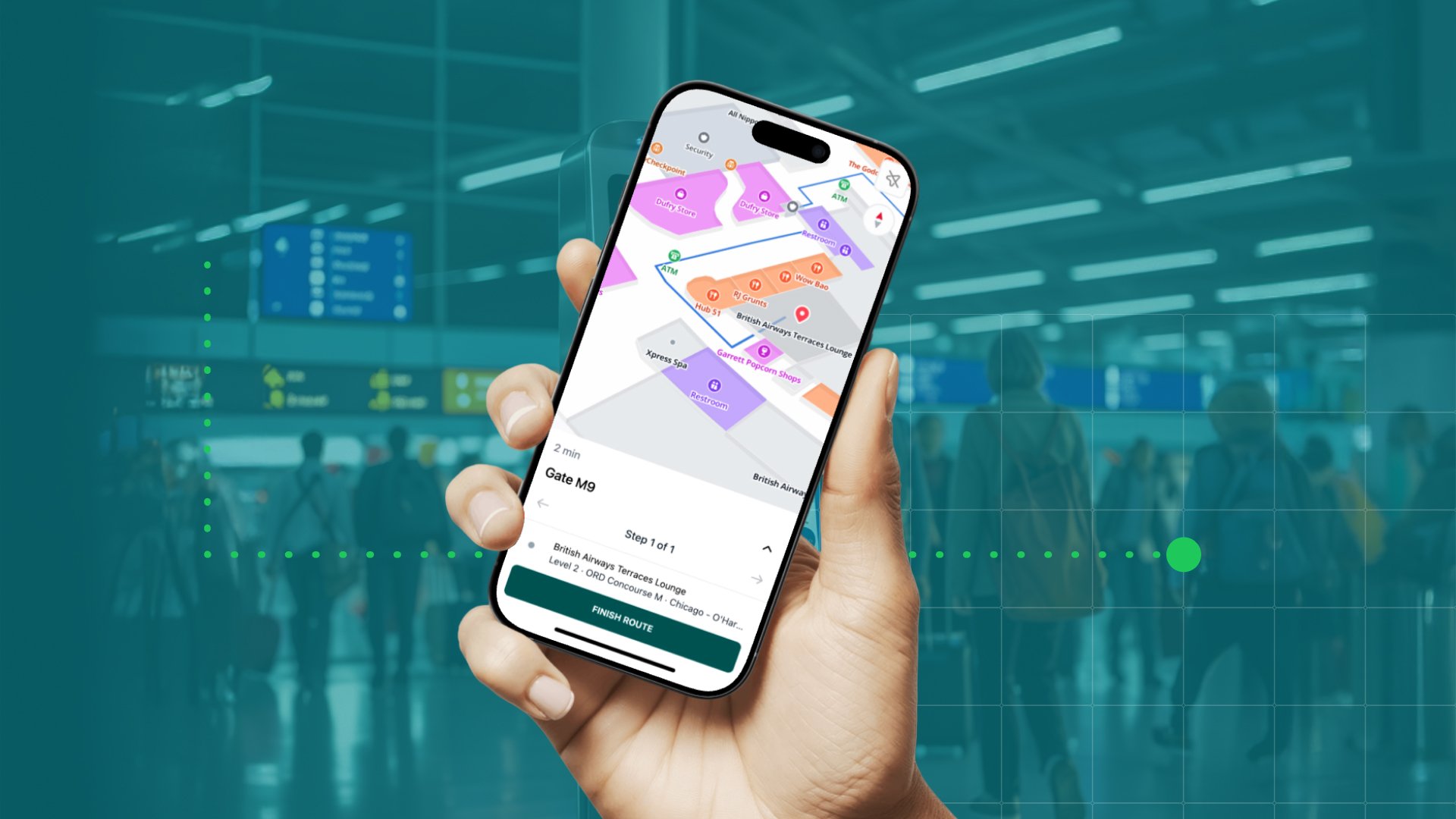In this episode of Spatial Experience Design, Ciara Peter, SVP of Product at Robin, dives into the concept of invisible software and its transformative role in workplace management. From automating mundane tasks like meeting room booking to leveraging spatial data for smarter office planning, Ciara and Søren explore how integrated workflows and AI-driven solutions are reshaping employee and manager experiences. She also highlights challenges like privacy concerns, the impact on real estate decisions, and the evolution of tools for hybrid workspaces. Join the conversation to uncover how these innovations are paving the way for workplaces of the future.
Key Topics:
-
- Invisible software
- Workplace management platforms
- Hybrid work challenges
- Employee experience
- AI & Privacy in workplace technology
- Spatial data and intelligence
- Future of office collaboration
Exploring the Future of Workplace Management
In today's rapidly changing work environment, the role of technology is becoming increasingly significant. As offices transition back into hybrid settings, companies face new challenges in optimizing space, improving employee experiences, and managing resources effectively. Addressing these demands requires solutions that work in the background without adding complexity.
The Rise of Invisible Software
Invisible software refers to integrated digital systems that automate workplace processes without requiring direct user input. These solutions work in the background, handling everything from space management to resource allocation with minimal friction. Unlike traditional office tools that require manual updates and oversight, invisible software uses real-time data and automation to adapt dynamically, improving efficiency without adding complexity.
Challenges in Modern Workplaces
With hybrid work models, companies must balance office space with fluctuating in-person attendance. The goal is to minimize unnecessary real estate costs while ensuring employees have the resources they need when they’re on-site. Unfortunately, traditional office management tools weren’t designed to handle this complexity.
How Invisible Software Improves Office Efficiency
By automating space allocation, meeting room booking, and resource management, invisible software helps businesses reduce excess space, cut costs, and improve workplace efficiency without requiring constant user intervention. By integrating technology like AI and machine learning, companies can analyze patterns and preferences to predict and cater to employee needs, manage space efficiently, and enhance the overall office experience.
Geospatial Data and Invisible Software
Leveraging geospatial data can further enhance the capabilities of invisible software. As employees navigate large office spaces, systems can track location dynamics to optimize wayfinding, resource booking, and even break schedules. This creates a more fluid work environment and reduces the logistical burden on employees.
Privacy and Ethical Considerations
Amidst the technological advancements, privacy remains a critical concern. Companies must balance innovation with transparency and ethics. Solutions are increasingly focused on non-intrusive means of data collection and processing, ensuring privacy without compromising on efficiency.
Looking Ahead
As technology continues to evolve, invisible software is poised to revolutionize workplace management. By addressing both space optimization and employee experience, companies can create more productive, intuitive, and enjoyable environments for their staff.
The rise of invisible software offers tremendous potential for innovation and improvement in how we utilize office spaces. With strategic use and continual adaptation, businesses can transform their work environments to meet the demands of the future successfully.
Additional Resources:
January 31, 2025
.jpg)


.png)